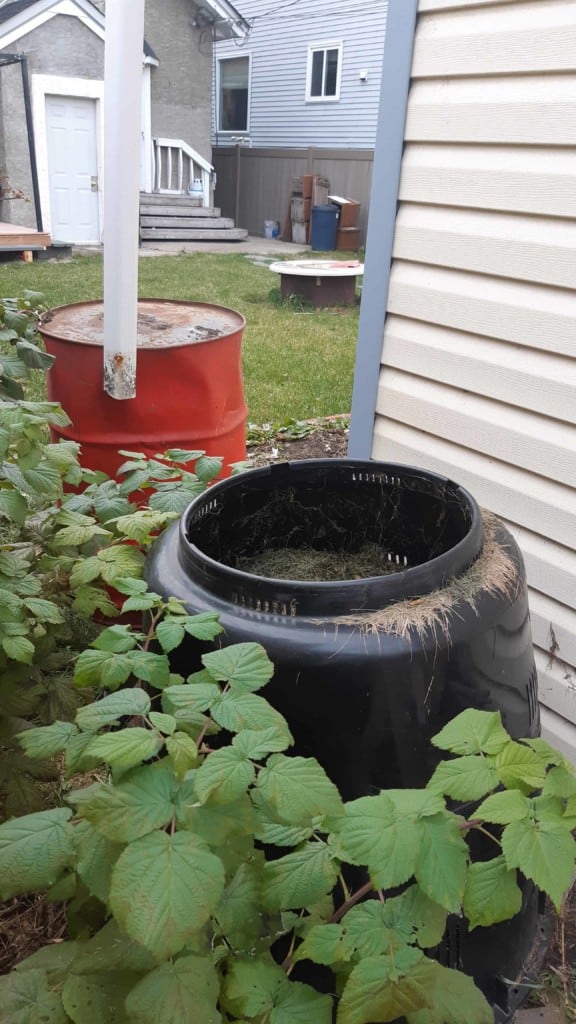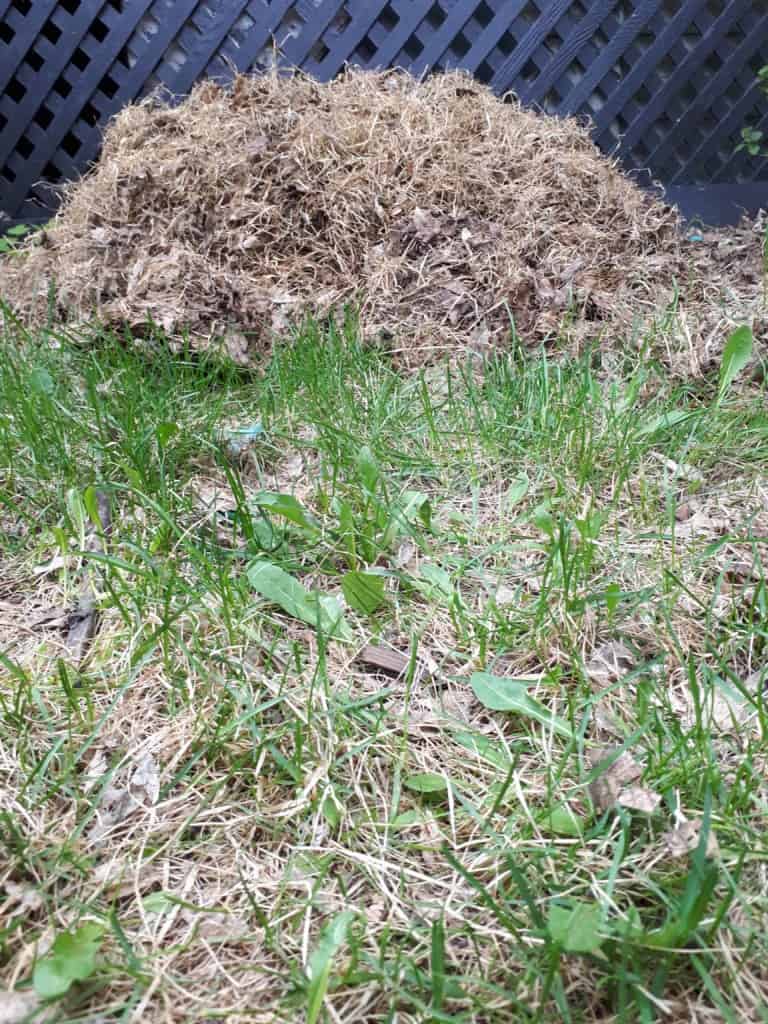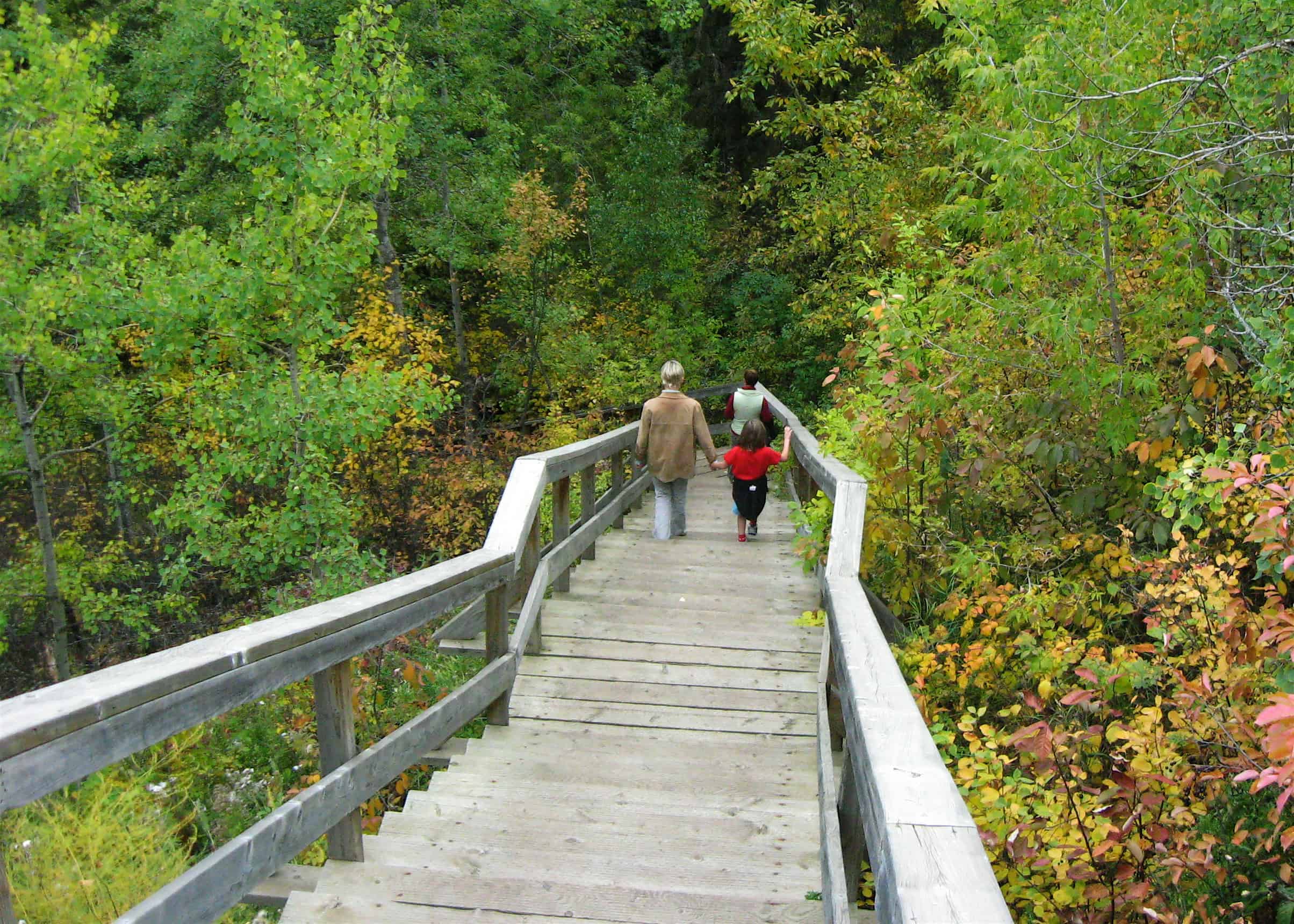Exploring local ideas for sustainability
Our urban landscapes provide us with many benefits and services
According to McKinsey & Company, 3.6 billion people, half of the world’s population, live in cities. The UN World Population Prospects states that by 2050, 75 per cent of the world’s population is projected to live in urban areas. The overall activities in cities account for most resource consumption and greenhouse gas emission compared to the global total. In cities like Edmonton, industrial industries, commercial industries, and household activities all contribute to resource consumption and greenhouse gas emissions.
This article is the first in a series looking at local sustainability with a focus on our RCP communities. The intention is to provide interesting and useful information and assess things we can do in our ‘backyard’.
Urban landscapes are the everyday environment for most of us and contribute to our well-being. One way we can look at our urban environment is to consider the services we get from our landscape. Ecosystem Services (ES) are the flow of services we receive from natural areas and biodiversity. These include things like fruit trees, living spaces for bees and other important insects, carbon storage, air temperature regulation, air pollution removal, and storm water runoff buffers.

You may think that cities, with all their buildings, roadways, and vehicles, have few ecosystem services. Yet, there are many examples of how these contribute to our quality of life. When you are out for your next walk, look for parks, cemeteries, golf courses, watercourses, avenues, gardens and yards, green roofs, sports fields, vacant lots, and industrial sites. Each of these provide ecosystem services.
In the past decade, many studies have looked at the benefits urbanites receive. Locally generated ES can reduce local air pollution and heat from paved streets; have direct health benefits, such as lower early childhood asthma rates; create a sense of inner peace; enhance public ecological knowledge; and improve awareness of sustainability challenges.

We can all do things to maintain and increase these services as a community and as individuals. First, what services do you get in your own backyard or local park? Do they provide mental health benefits, such as stress relief? Do they provide recreational opportunities, such as gardening? Or maybe shade and comfort on a hot day?
The services of our urban spaces may provide us with ideas for now and as we plan for the spring.
One specific consideration is composting. Backyard composting of leaves, lawn clippings, and food waste is easy to start in the fall. A backyard compost can provide rich material to fertilize your garden in the spring and share with your neighbours. You can compost in an open pile or in containers. Containers confine the compost pile and make it more manageable and visually attractive. You can make your own or purchase one at your local home materials store. The City of Edmonton provides information on how to make your own compost bin, where to place it in your yard, and tips for winter composting at http://bit.ly/35FBtr6.
Featured Image: Our urban spaces provide us with all kinds of benefits. | City of Edmonton







